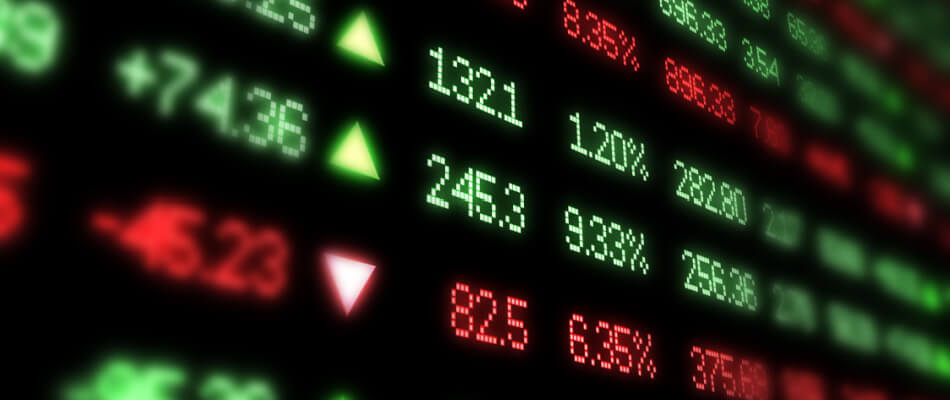The stock price, what is that?
The price of a share is actually the price, or the value of the moment. That amount can vary and also change very strongly. If the price goes up, then we speak of a price increase, if the value decreases then we call that a price decrease. We can use the term price for shares , bonds and options and the value is strongly dependent on supply and demand. Stock market analysts do their utmost to predict the price and do extensive research into the companies and the course of the price in the past. They are often able to make a good prediction.
Different types of investors
There are different types of investors active in the market. From the ordinary private investor who orients himself via comparison websites such as Compareallbrokers.com to institutional investors such as pension funds and hedge funds.
- An institutional investor is a large professional investor who looks for long-term investments. In most cases, we are talking about a pension fund or an insurance company. This investor can choose to reinvest received premiums in order to realize the largest possible profit.
- A hedge fund uses a completely unique investment strategy. The English term hedge means separation in Dutch and that means that a hedge fund tries to cover the risk of a decrease in value. In this way they try to cover themselves against a price decrease.
Supply and dynamics on the stock exchange
Sometimes a company or an entire sector is in the spotlight. They are doing well on the market, have a good image or are developing a product that could mean a lot for the future. Investors and stock market analysts have a keen eye for this. As soon as shares come onto the market, they snap them up. The chance that they will make a big profit on this is great. However, it is possible that an unexpected event or a natural disaster will cause the value to decrease drastically. The chance is great that the investor now wants to get rid of it as soon as possible and of course preferably before the share price has literally collapsed.
Anticipating price movements
The course of the share price depends on the movements on the financial market. Supply and demand and external factors such as image, important events and future prospects determine the value of the moment. You prefer to invest at the right time, for example when the price is low. But then there must be information available that provides a view of a price increase. However, it is not easy for the average investor to gain insight into the course of the price. Stock market analysts have studied for it and even they find it difficult to predict the price movements . However, most brokers offer training and tutorials to help the private and novice investor with investing. A nice overview of this can be found at Compareallbrokers.com

Amsterdam Exchange Index
This important Dutch stock market index, also called AEX, gives a good picture of the price developments on the Amsterdam stock exchange. The number with which the AEX index of the moment is indicated tells how well the 25 largest Dutch and also listed companies are doing in our country.
Compare brokers and start investing in stocks
Are you excited about investing in stocks after reading this article? Use our comparator and find the broker that suits you best!